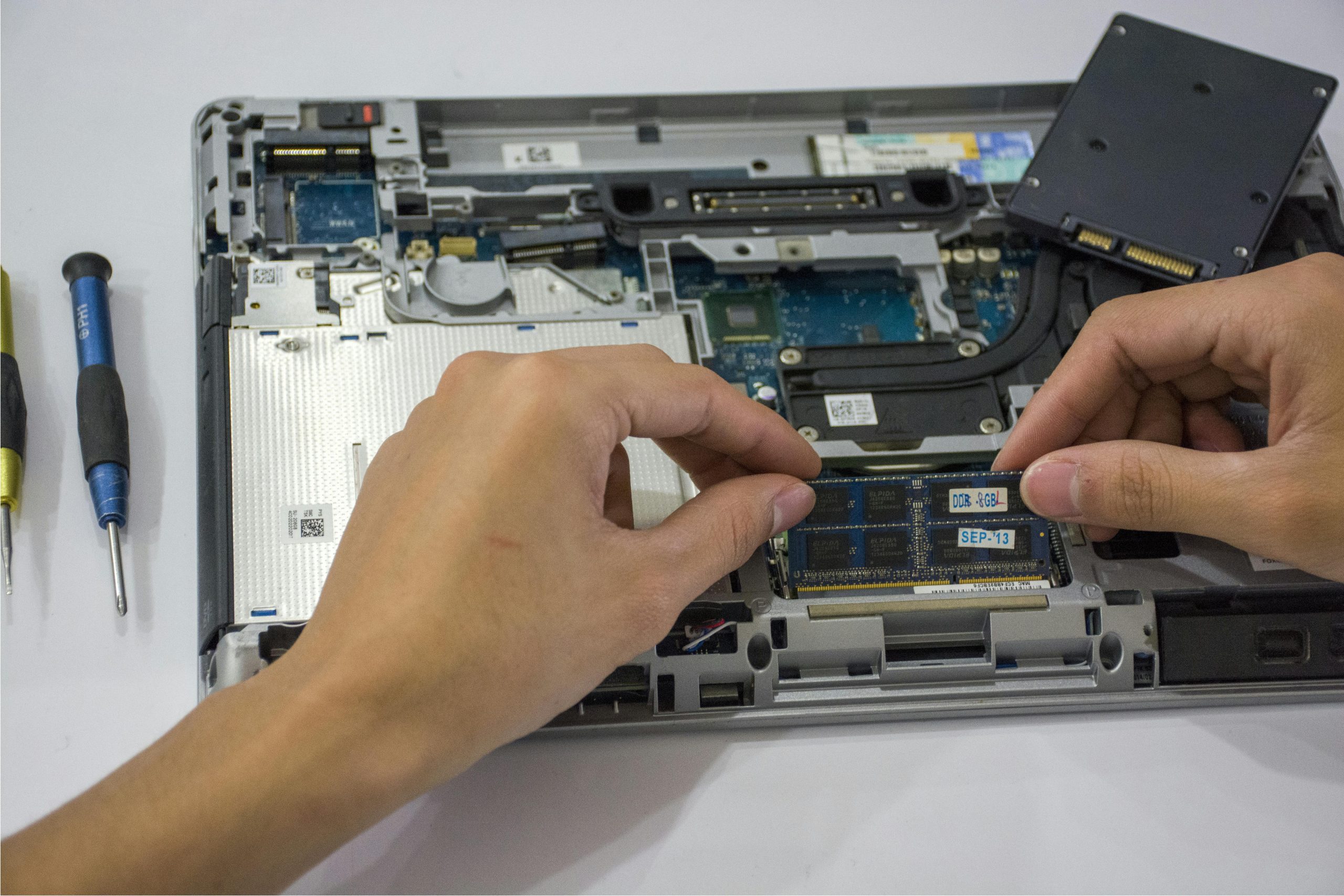Understanding the Need for ESD Precautions During SSD Installation
When upgrading or expanding your computer’s storage, installing an SSD (Solid State Drive) is generally straightforward. However, one common concern among both amateur and professional enthusiasts is the potential risk of electrostatic discharge (ESD) damaging sensitive components during installation. This article explores whether ESD precautions are truly necessary when installing a new SSD, particularly in the context of modern hardware.
The Scenario: Installing an External SSD
Imagine you’re preparing to install a brand-new Samsung 990 EVO Plus SSD into an OWC Express 1M2 enclosure to create an external drive. Both components are unused and have not been previously subjected to static discharge. While the process is simple, questions often arise about the safety of handling electronic components without specialized anti-static equipment.
Understanding Electrostatic Discharge (ESD)
Electrostatic discharge occurs when there is a sudden flow of electricity between two charged objects, often caused by static buildup on the human body or other surfaces. For electronic components—especially integrated circuits and memory devices—ESD can cause minor or catastrophic damage, leading to data corruption or complete hardware failure.
Modern Components and ESD Protections
Advances in manufacturing have incorporated various anti-static measures within hardware components. Many modern SSDs and enclosures include internal protections designed to mitigate damage from minor static events. These protections do not eliminate all risk but significantly reduce the likelihood of static-related failures.
Do You Need ESD Precautions for Your SSD Installation?
For most typical users installing components in a controlled environment, the risk of ESD damage is relatively low, especially when handling modern hardware. Practical steps to minimize static risk include:
- Working in a dry, non-carpeted area
- Touching a grounded metal object before handling components
- Avoiding wearing static-prone clothing like wool sweaters
- Handling components by their edges, avoiding contact with circuitry
Conclusion
While it is always best to use anti-static wrist straps and mats when working with sensitive electronics, the risk of damaging a modern SSD during installation without such equipment is low. Proper handling and basic precautions are generally sufficient to ensure a safe installation process. If you frequently work with computer hardware or are installing multiple components, investing in anti-static accessories can provide additional peace of mind.
Final Thoughts
In summary, recent hardware designs and internal protections lessen the reliance on specialized ESD equipment for everyday upgrades. Nonetheless, taking simple static precautions can help prevent unfortunate
Share this content:



